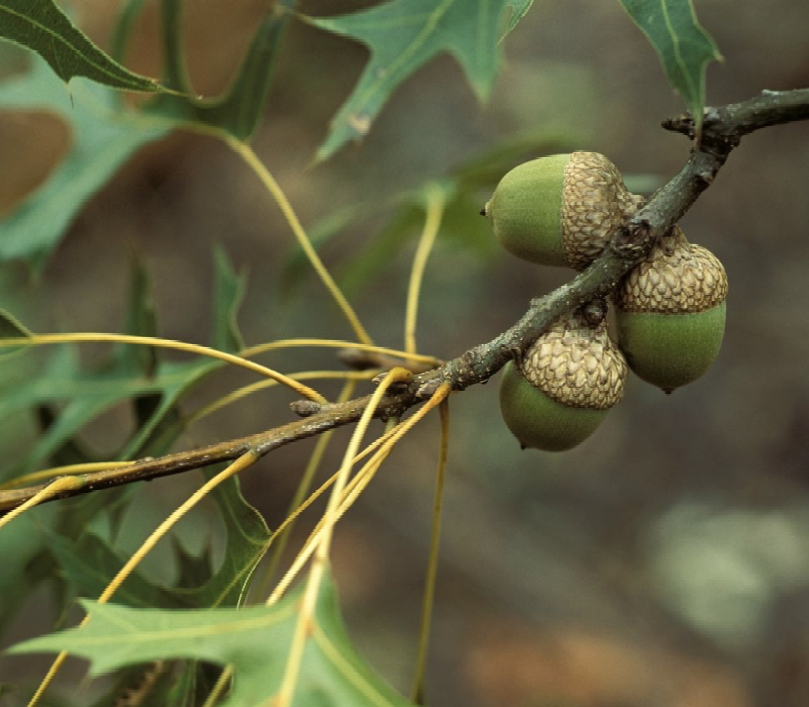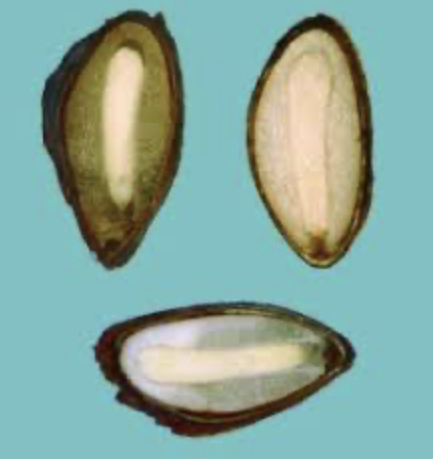
Why Collect Seeds?
When we practice observation in nature we may quickly notice seed pods around us. Perhaps if there’s a maple tree there are fallen samaras, or near an oak, acorns may be strewn about. Each of these seeds has an abundance of potential, but many of these seeds will need some intentional nurturing to thrive. With educated and responsible seed collection and starting, tree biodiversity could be strengthened and protected. Collecting and nurturing seeds can help reforest the same area from which the seeds are being collected to conserve local genetic diversity. Not only can it serve an ecological benefit but seed starting is also a fulfilling activity. It can be grounding and connecting to watch the growth from what seemed devoid of life, to a baby tree that could continue to live for hundreds of years. If you are interested in collecting seeds, but have no planting plans, Forestkeepers is encouraging seed collection for the George O’White State nursery. Seeds collected can be donated or sold at local MDC offices, and go back into enriching our state’s forest!
Getting Started in Seed Collection
After identifying why you might want to collect seeds, and a site for collection, it’s important to determine how to tell when seeds are viable. For starters you’ll want to be looking for seeds during the right time of the year. The look of tree seeds varies from fruit to nut to acorn, so making sure you identify species to collect from is a must! Tree seeds ripen throughout from spring to summer from serviceberry in late May to our Post Oaks in December.
Seeds can also be tested for viability! Rather than planting every seed with no concept of whether the seeds are viable, you can save some energy with a quick test to see which ones are likely to germinate. There are a couple of ways to check for viability; one option is called the floating seed viability test: If you drop you seeds in water they have to either float or sink. The seeds that float are no longer viable and can be discarded, but the seeds that sink to the bottom are likely to germinate. There is also the cut test, in which you cut a seed in half and rely on observation to determine if the seed embryo looks healthy. You cannot plant the seed after cutting it, but checking a few can help educate your guess on whether a batch of seeds will be able to germinate. If a seed is mushy and looks rotten, then it will no longer be viable. However, if a seed embryo is white and firm it is likely still viable, but might still need some processing to germinate.
Some seeds will need to go through cold stratification to come out of dormancy. Cold stratification is a process of keeping seed in the refrigerator wrapped with a damp paper towel in a plastic bag for roughly a month to prepare the seed for germination. This process imitates the natural cold and wet conditions that the seed would experience outside during the winter, but removes potential issues like animals eating the seeds. Different seeds will need differing strategies, but these are all ways to encourage germination and aid in reforesting our local spaces. Different seeds will also remain viable for varying lengths of time depending on the species. However, if you would rather collect seeds and skip the processing, then you can donate of sell those seed to the state nursery. Local MDC offices will be collecting seed to reforest public land in Missouri. So, if you’re looking to plant trees don’t discount the seeds all around us!

Collecting Seed with the State Nursery
George O. White State Nursery in Licking is purchasing seed from the public for a variety of tree and shrub species. The nursery conducts local seed collections each year and uses the seed to grow bare root native tree and shrub seedlings to use for Reforestation, Erosion control, Wildlife food and cover, Stream bank stabilization. The collection effort is going on now through November, depending on species, or until seed demands are met for a given species. Seed collectors can call the nursery at 573-674-3229 to confirm the seeds they are collecting are still needed. Check MDC.mo.gov and search “Collect St. Louis Seed” for a listing of seeds, along with prices paid per pound

